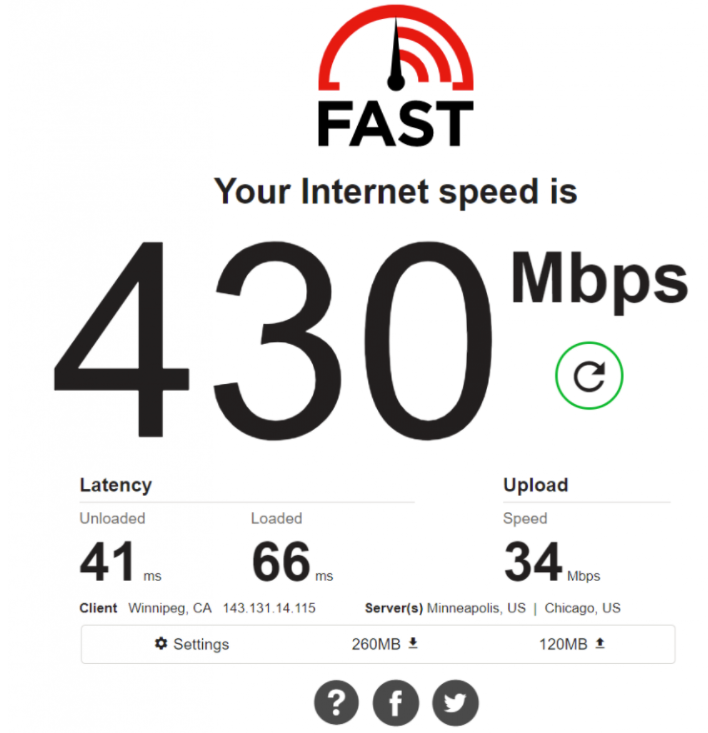I suggest that you familiarize yourself with the previously posted materials on the Starlink (SL) project:
‣ Part 20. Internal structure of the SL terminal ‣ Part 21. SL and polarization problems ‣ Part 22. Problems of electromagnetic compatibility with other satellites. ‣ Part 23. Interim results of the RDOF auction ‣ Part 24. Laser Channels -2 Part 25. EPFD
So, almost half a year has passed since the beta testing of StarLink was announced.
On October 2, 2020, Elon Musk tweeted that public beta testing can be expected "very soon" in an area equivalent to Seattle. And 5 months as it goes: October 27, 2020 SpaceX begins a public beta testing program under the slogan 'Better Than Nothing'
For SpaceX and its pace, 5 months is a long time. I don't know if SpaceX itself will celebrate this date, but I've decided to figure out what can be attributed to the positive and what not.
So let's start with Good.
Part One Positive - "For Zdravie"
The most important thing is that there is a service!
And two key parameters, namely the download speed from the Internet and the latency time, are very decent.
1) In 2020, the record was 230 Mbps. In March, there was a new firmware, and the speed reached 330 Mbit, and now here is a new record

430 Mbps !!! Great result!
2) The price niche of $ 600 one-time costs and $ 100 monthly does not bother potential customers and fits well into their idea of a service of this quality.
3) The reason for this, as I understand it (in more detail how the speed depends on the number of satellites, is described in the previous parts) is the increase in the number of satellites. To date, 1385 satellites of version V1.0 have already been launched into orbit, and all (except 10) are in orbit with an inclination of 53 degrees. If we assume that the transition from the initial to the working orbit takes 4 months, then there should already be 950 satellites in operation. Let me remind you that the First Phase of the project is 1584 satellites (72 planes with 22 satellites in each), and taking into account the modification and reduction of the number of satellites in the plane to 20, this will amount to 1440 satellites. All in all, this part of the project is going extremely well! The Falcon 9 is very reliable and not a single batch of satellites has been lost.
4) The next undoubted plus is the operability of the terminals in conditions of low temperatures, snowfalls and icing. The harsh winter of the North of the United States did not affect the service.

We also note a very simple connection of the terminal to the network (self-guidance to the satellite and receiving a boot file).
5) A very positive attitude of the overwhelming mass of subscribers participating in beta testing. For them, going from their previous provider to their current one is like jumping from the 15th to the 20th century.
6) Let's note the successes of SpaceX in entering the markets of other countries. In addition to 14-15 already established subsidiaries in different countries, SpaceX began to provide services in Canada, Great Britain, Germany and New Zealand. That is, it has gone through a full cycle: creating a subsidiary, obtaining licenses and rights to frequencies, creating a gateway, a warehouse and a logistics system. This is a major success.
7) SpaceX launched 10 satellites into polar orbits for the first time, opening the next stage of the project.
8) SpaceX created a prototype of the satellite (or maybe already a working version with a laser channel or Intersatellite Link based on an optical communication channel). This is a major technological breakthrough, even if we do not yet know the characteristics of this channel.
9) And finally, about money. The placement of new shares of SpaceX for $ 1.9 billion was carried out, and the shares were placed at a price 60% higher than the previous one. That is, the Exchange and investors strongly believe in SpaceX and StarLink.
10) An application has been submitted to the FCC for the issuance of permits for the use of terminals on vehicles in motion (ships, planes, cars).
In my opinion, these are the main POSITIVE moments (or "10 Ilonov strikes" - if we recall the vocabulary of the Short Course of the CPSU (b) of the era of Comrade Stalin) in the development of the project today. We also note that none of the competitors over these months has come close to the stage at which SpaceX is now.
If I missed something, welcome, hint, I will add.
The next part, on the contrary, will be about problems and shortcomings, where the author will get a lot of nuts from Elon Musk's fans.